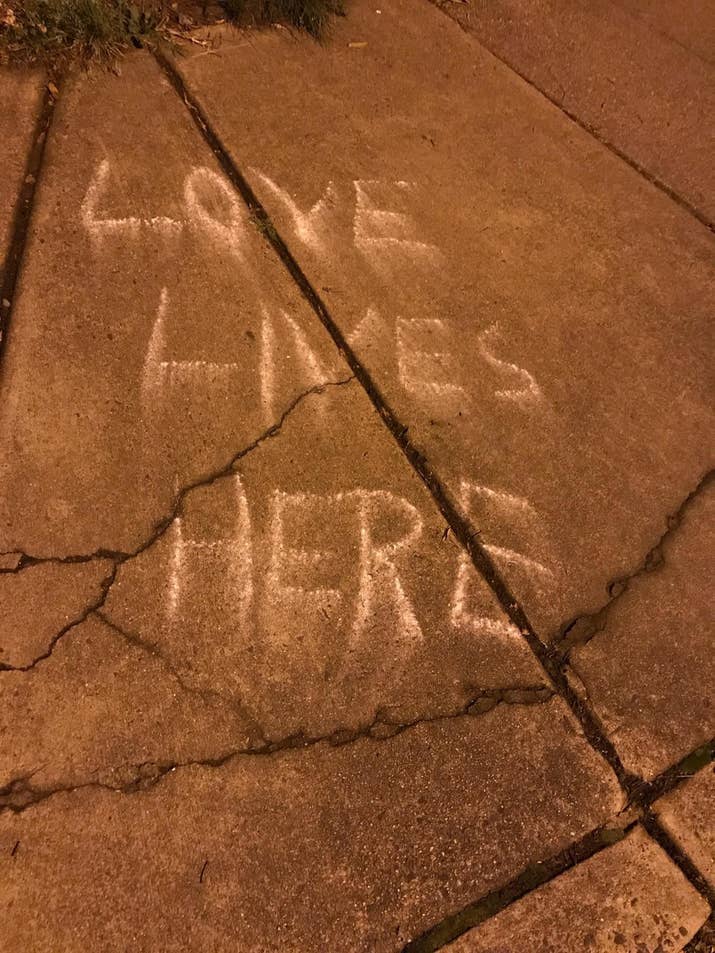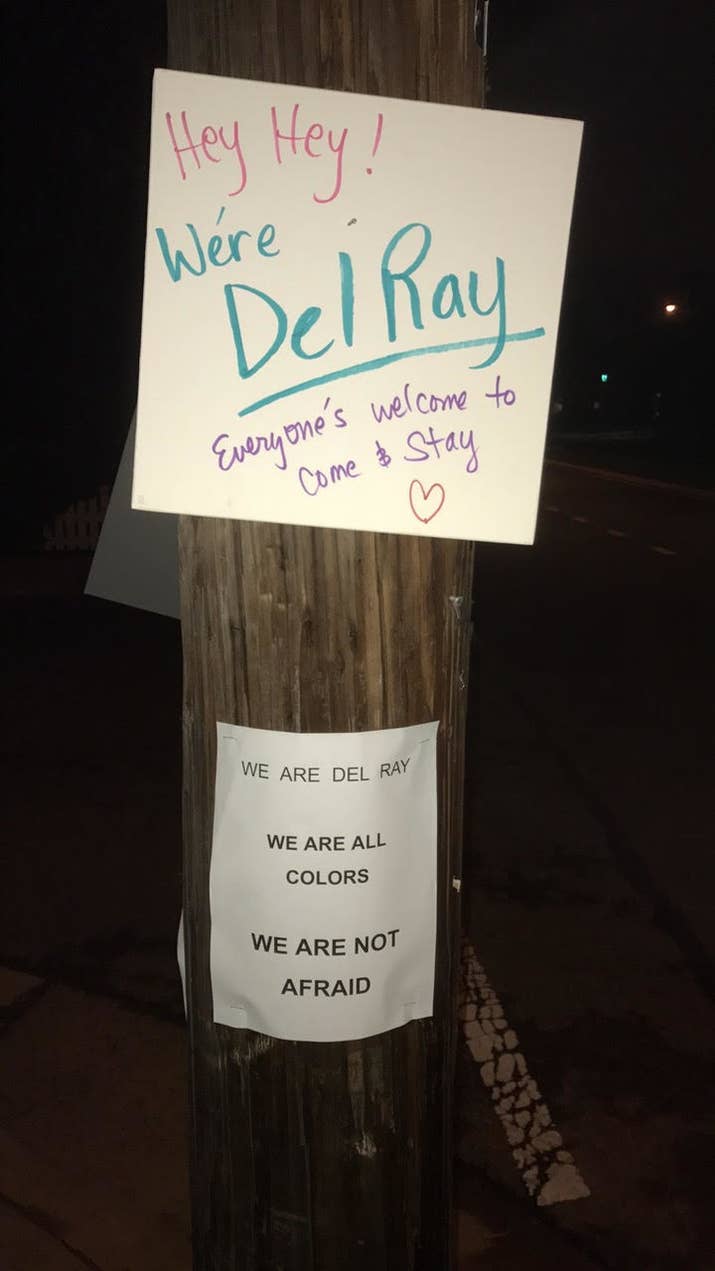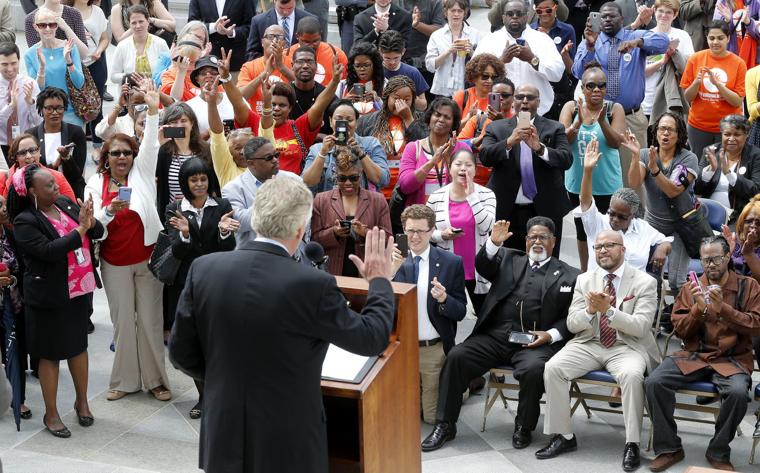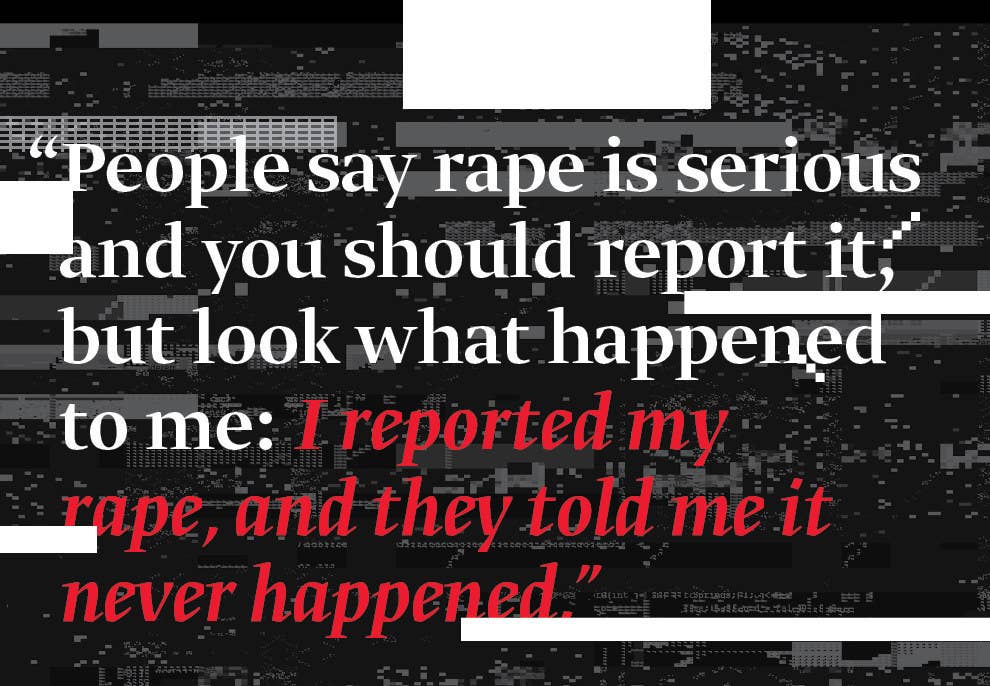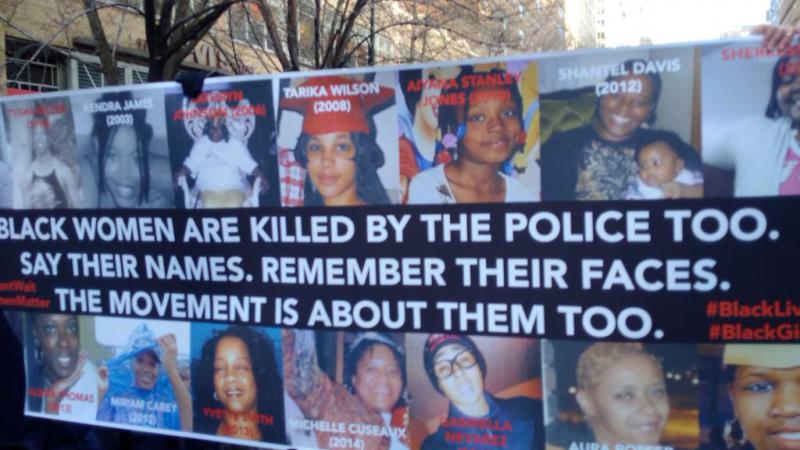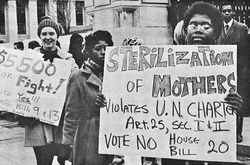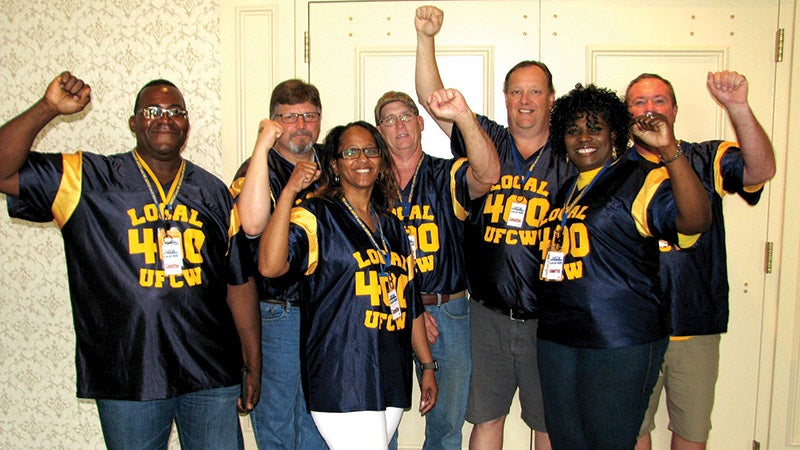
On Monday, July 24, workers at the Lipton Tea factory in Suffolk, in the so-called right-to-work Commonwealth of Virginia, voted 109 – 6 to approve their first union contract. The contract covers 240 workers in the plant. It also covers all Lipton Tea factory workers in North America, since the Suffolk plant produces all the Lipton tea bags sold in North America.
The story of workers taking charge began last year. For the preceding ten years, workers had seen their benefits shredded, the pace of work accelerated, their positions rendered increasingly precarious. Sick leave, including unpaid sick leave. was reduced to the barest legal minimum. Insurance coverage became prohibitively expensive and, simultaneously, less expansive. Particular to Lipton was something called “drafting” in which workers were forced to work overtime, often 12-hour shifts for 13 days before getting a day off.
In 2013, Lipton Tea, owned by Unilever, announced it would invest $96 million to “upgrade” the factory. That meant new machinery. Production stopped temporarily. When production resumed, all the workers were forced to re-apply for their jobs. As mechanic Robert Davis explained, “I had been there 23 years, but I had to reapply for the same job, turn in a resume and everything.” Davis was turned down the first time he applied.
With speed ups, no sick leave, workplace injuries and illnesses, workers began leaving. When they left, they were not replaced. The factory workforce decreased, as the amount of work increased. This is known as “lean production.” Last spring, workers decided they had had enough, and called the United Food and Commercial Workers. According to UFCW Kayla Mock, “From the beginning, they took so much ownership and responsibility for building their union. They held full-on organizing conversations with their co-workers, identifying other leaders in the plant and bringing them on board, talking and assessing the other workers.” Mock added, “The workers were the ones who took ownership of it from the very beginning. They very clearly understood that their union was something that they needed to build, almost like a tangible thing, and they built it from the ground up—they just owned it.”
Lipton Tea workers called Hellman Mayonnaise workers in Chicago. Unilever owns Hellman Mayonnaise, and the Chicago plant is unionized. The workers in Suffolk learned that their brothers and sisters in Chicago had better working conditions, including better and more immediate pay for overtime and a far superior, and much cheaper, health care plan.
Anita Anderson, who has been with Lipton Tea for ten years, explains, “You had a choice to make. You call out sick and get one incident, or you come to work and pass germs around … If you got hurt on the job, it’s never unsafe conditions. It was never that you were fatigued from working so many hours. It was always, the employee did not do something right. So if you get hurt, then it’s an incident, it’s a strike in your personnel file … We decided we deserved more than what we were getting. Once we got a write-up comparing the benefits of the Hellman plant compared to our plant, a lot more folks came on board.” Anderson started talking with her colleagues, “I told them about how the Verizon workers had a union, and when they were threatened with their jobs going overseas, they went on strike, they fought, and they won and kept their jobs.”
August 26, 2016, the workers of Lipton Tea voted 108 – 79 in favor of joining the UCFW. Juanita Hart has worked 25 years at Lipton Tea: “I was crying like I had won the lottery. I was so glad and I was so happy because I’ve been told for all this time, all these years, that it would never happen. And when it happened, I had so much joy that all I could do (was) cry.” Anita Anderson added, “Everyone is excited. Even the ones that were naysayers about the union are asking about the next union meeting so they can speak up and talk about the issues in the plant.”
Yesterday, Lipton Tea workers voted for the first time in the 60 year history of the factory, and they approved a contract that would save them more than $4000 a year in health care costs. Yesterday, Lipton Tea workers – with Anita Anderson and Juanita Hart among the leaders – voted for workers’ dignity, respect, and power. There is power in a union.
(Photo Credit: Suffolk News Herald)
